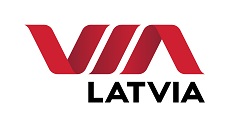Estonia, Legislation, Markets and Companies, Transport
International Internet Magazine. Baltic States news & analytics
Sunday, 14.12.2025, 08:32
Market share of illicit cigarettes down 1.6 pp in Estonia
 Print version
Print version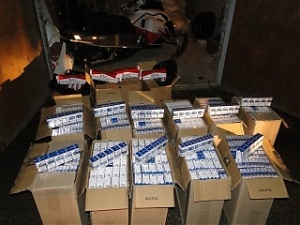 |
|---|
The market of illicit cigarettes is on a downward trend compared to the
year before, but the number of tobacco packs with Latvian tax stamps has
increased significantly, it appears from the fresh so-called empty pack survey
carried out by pollster Nielsen. The
majority of cigarettes without Estonian tax stamps are from Russia, Belarus and
Latvia.
While the number of cigarette packs with Russian and Belarusian tax
stamps has decreased compared to the year before, then the number of cigarette
packs with Latvian tax stamps is on an upward trend -- the share of Latvia
among the origin of cigarettes without Estonian tax stamps in the fourth
quarter of 2016 was 4%, while the share was 20% in the fourth quarter of 2017.
Illicit goods are most frequently found in towns in northeastern Estonia.
The largest amount of illicit cigarettes is consumed in Kohtla-Jarve with 32%,
Narva with 27% and Sillamae with 23%. While the prevalence of illicit goods in
other Estonian towns monitored is rather showing a slight decrease, the amount
of illicit cigarettes in Tartu has climbed 7.5 percentage points to 14%.
"The drop in the share of illicit goods is positive news, in which the
good work of the Tax and Customs Board has also definitely played a
role. However, the good trend is shadowed by the fast increase in the share of
tobacco packs with Latvian tax stamps, which is based on the significant
difference in excise duty rates compared to the neighboring country. All signs
indicate that border trade will likely increase even further in the next year,
decreasing the tax receipts paid to the state," Taavi Salumets, chairman of the Estonian Tobacco Producers
Association, said.
"Tobacco producers are predicting a decrease in internal purchases for
next year, but this is rather based on a price difference with Latvia and the
decrease in the share of purchases made by Finns, not the real change in
consumption habits that was planned with the excise duty policy. In addition,
the ban on the display of tobacco products will enter into force next year,
which, based on the letter of explanation of the draft legislation, will not
reduce consumption but will make identifying illicit goods more
difficult," he said.
Rivo Reitmann, deputy director general of the Tax and Customs Board, said that the fight
against illicit cigarettes is one of the board's priorities this year as well.
"During the two months of this year we have already detected 6 million
contraband cigarettes. Most of them had been in transit through Estonia to
Scandinavia, but we are a country on the eastern border of the European Union
and thus bear the important responsibility of protecting the economy and health
of the people of the entire union," he said.
"As is indicated by the empty pack survey by Nielsen, illicit
cigarettes also stay in Estonia. Even though the share of illicit cigarettes
has dropped, we cannot yet be fully satisfied with the situation, as the excise
duty damage caused by the cigarettes is still several dozen million
euros," Reitmann said.
Illicit cigarettes are considered to be those cigarette packs that have
foreign stamps, lack Estonian tax stamps and also contain forged production.
Forged production makes up 0.5% of illicit cigarettes, which is 0.1 percentage
points more compared to the results of the survey carried out in fall 2016. The
consumer of forged cigarettes may think that they are consuming a product sold
also on the legal market, but which actually does not meet the product's
standards of quality and safety.
Brands not officially sold in Estonia make up 4.6% of the collected
cigarette packs.
Nielsen carries out the survey twice a year. The latest survey was
conducted in 14 towns across Estonia and 3,300 empty packs were examined. The
number of cigarette packs collected was in proportion to the number of the
town's residents and the entire population. The survey was carried out from
Sept. 25 to Oct. 1, 2017.
The methodology of the survey has been coordinated with the European
Anti-Fraud Office (OLAF) and the survey was financed by four largest tobacco
producers: British American Tobacco, Imperial Tobacco Limited, Japan Tobacco
International and Philip Morris International.

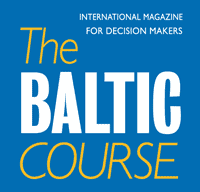

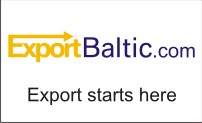
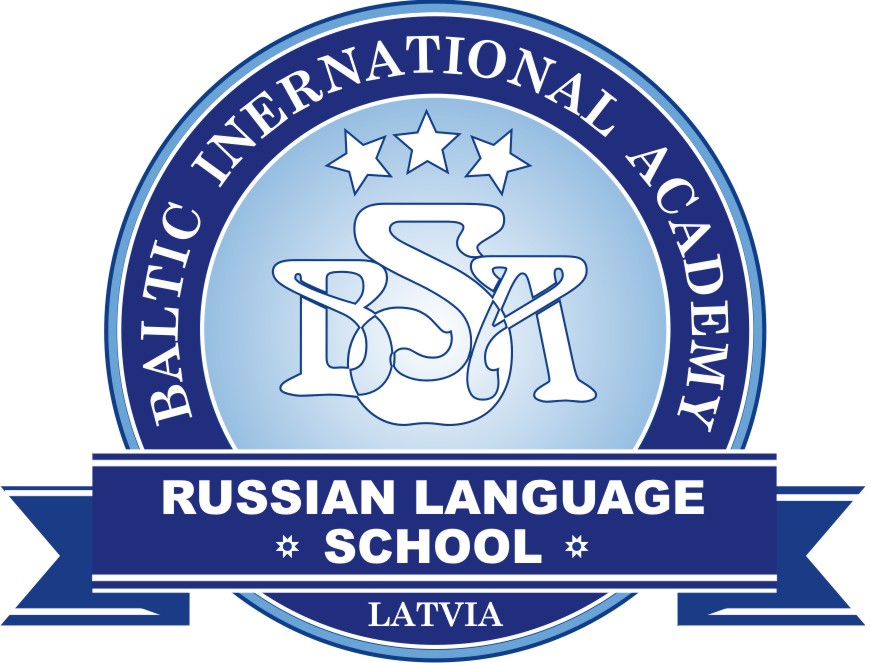



 «The Baltic Course» Is Sold and Stays in Business!
«The Baltic Course» Is Sold and Stays in Business!